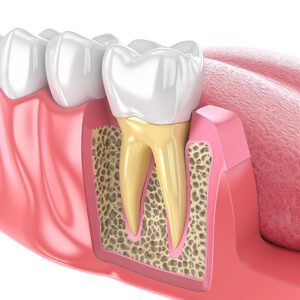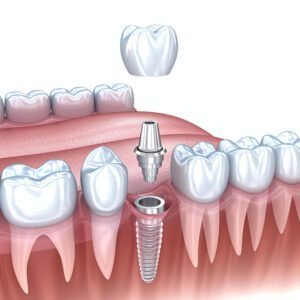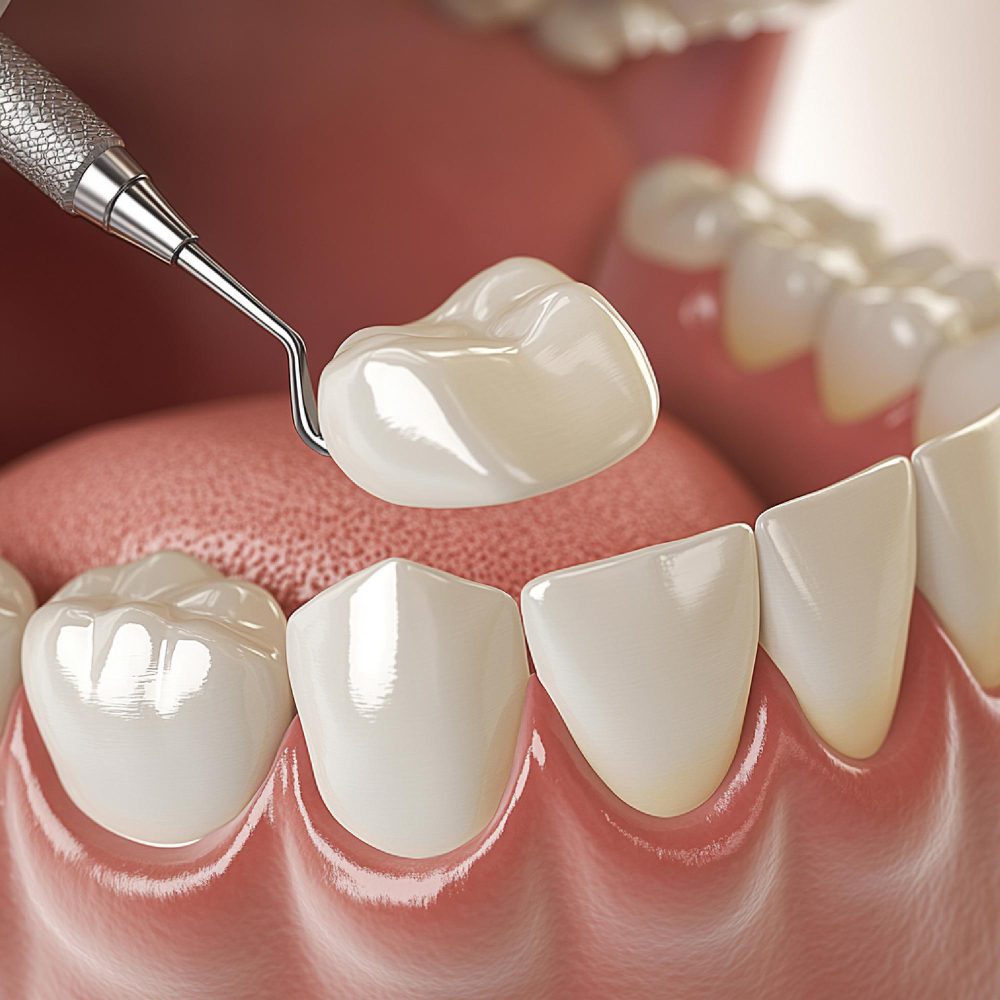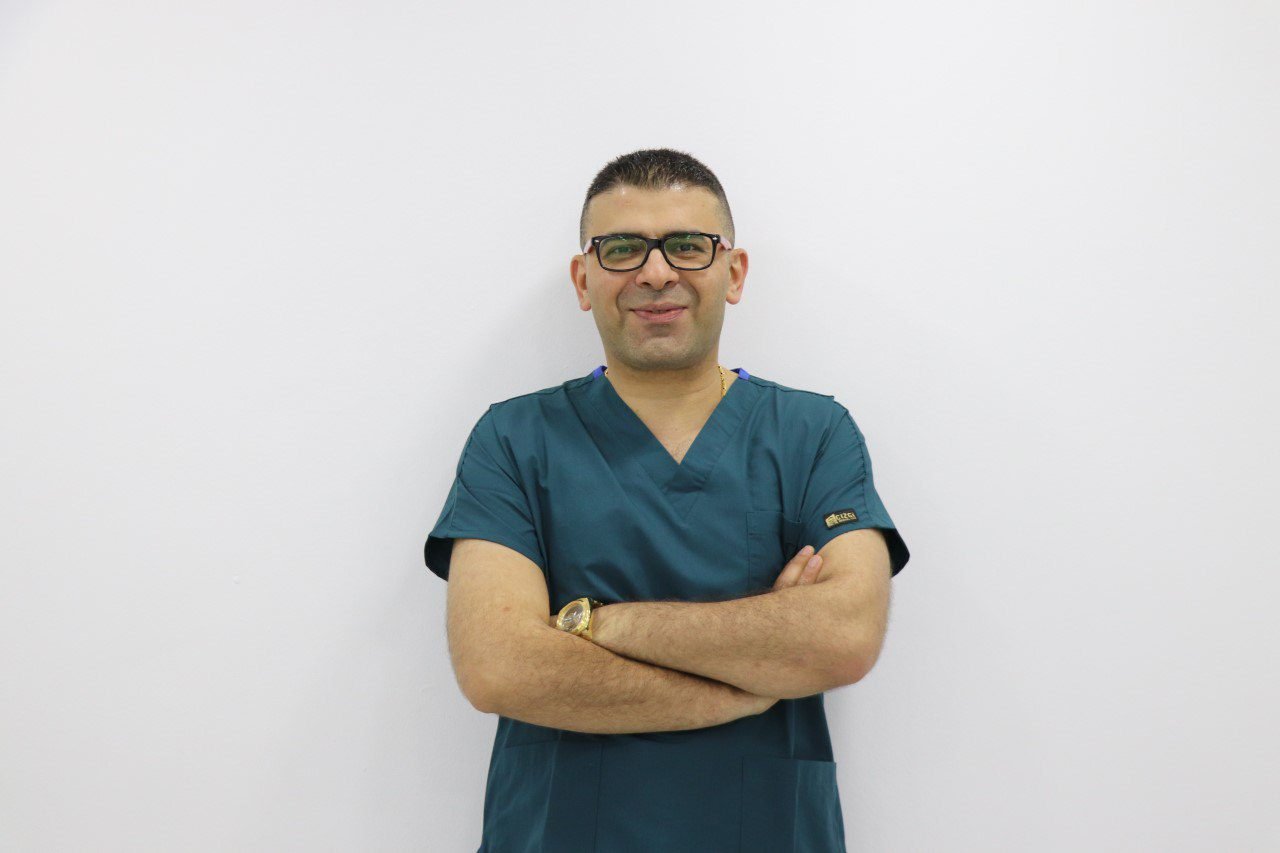Introduction:
In dentistry, success isn’t measured only by your clinical skills or precision — it begins the moment your patient walks through the door.
Understanding how patients think and being able to communicate with them clearly and confidently is the key to long-term relationships and patient loyalty.
In this article, we’ll explore the art of patient communication, how to explain treatment plans effectively, and how clinics like Dr. Abdurrahman Öztürk’s in Istanbul demonstrate this excellence daily.
Why Communication is a Clinical Skill
- It plays a major role in patient retention and referrals
- It reduces patient anxiety and increases case acceptance
- It prevents misunderstandings and financial surprises
- It builds mutual trust and credibility
Step-by-Step: How to Explain a Treatment Plan Professionally
1. Start by Listening, Not Explaining
Let the patient share their pain, fears, or past experiences first.
Active listening shows the patient you care about them as a person — not just a case.
2. Use Simple, Clear Languag
Avoid confusing terms like “pulpitis” or “periapical lesion.”
Instead, say:
“The nerve is inflamed. If we don’t treat it, it may lead to an abscess.”
3. Make the Plan Visual
Use x-rays, screens, or diagrams to show what’s happening.
Patients believe what they see more than what they hear.
4. Offer Options, but Recommend Clearly
Say something like:
“We have two options: a filling or a crown. I recommend the crown because it offers long-term protection.”
This gives the patient control — and builds trust.
5. Discuss Cost Transparently
Don’t wait until the end of the visit to mention the cost.
Provide a clear estimate, explain what’s included, and be open if alternatives exist.
6. End with a Smile and Clear Plan
Finish your consultation with positivity and clarity:
“Tomorrow we’ll start with the filling, and you should already feel a difference.”
How to Build Trust from the First Visit
- Stay calm and confident — patients sense your energy
- Dress neatly — appearance reflects professionalism
- Be punctual — respecting time = respecting the patient
- Don’t interrupt — let the patient speak freely
- Involve the patient in decisions — never dictate
Real-World Example:
When it comes to effective patient communication in dentistry, Dr. Abdurrahman Öztürk’s Dental Clinic in Istanbul stands as a model.
It’s not just about advanced procedures — it’s about how patients are engaged, respected, and involved in their care decisions.
This approach proves that great communication is as important as clinical excellence.
Conclusion:
In a world full of specialties and technologies, the human connection remains your greatest tool.
Remember this:
Patients may forget what you said — but they’ll never forget how you made them feel.













